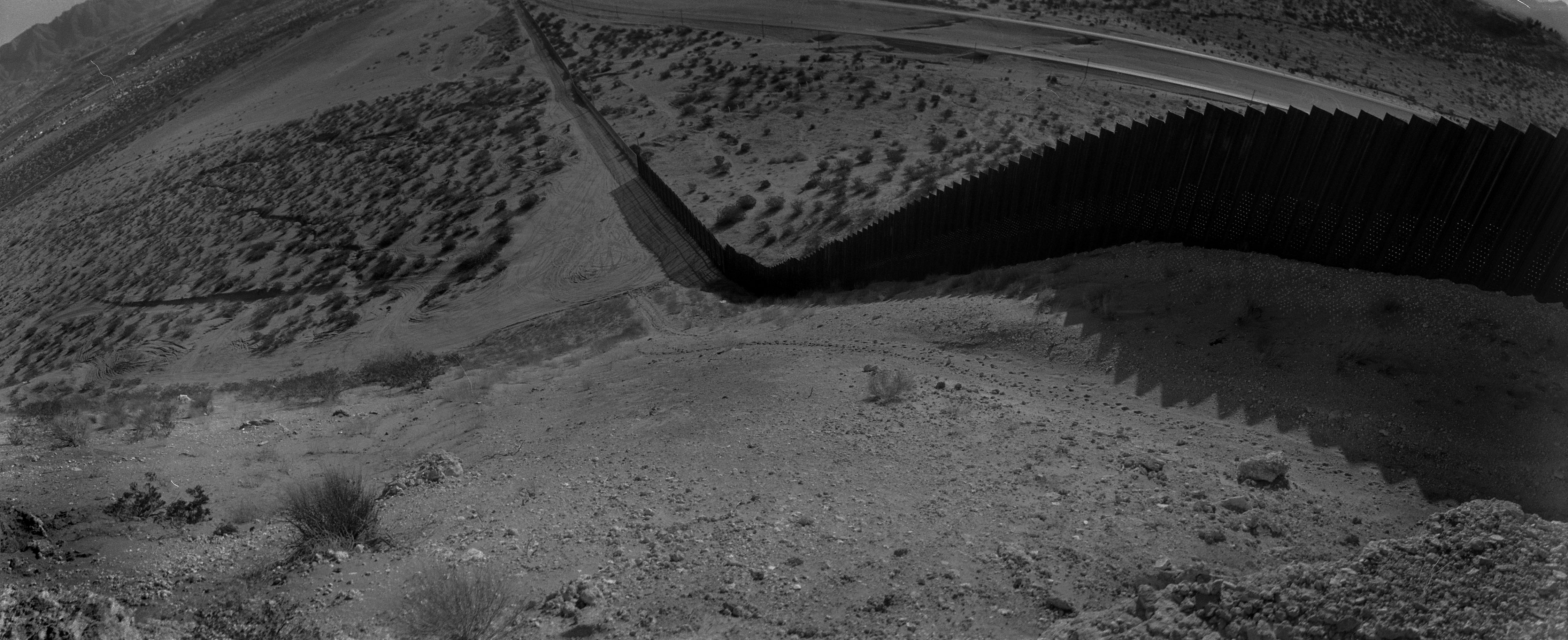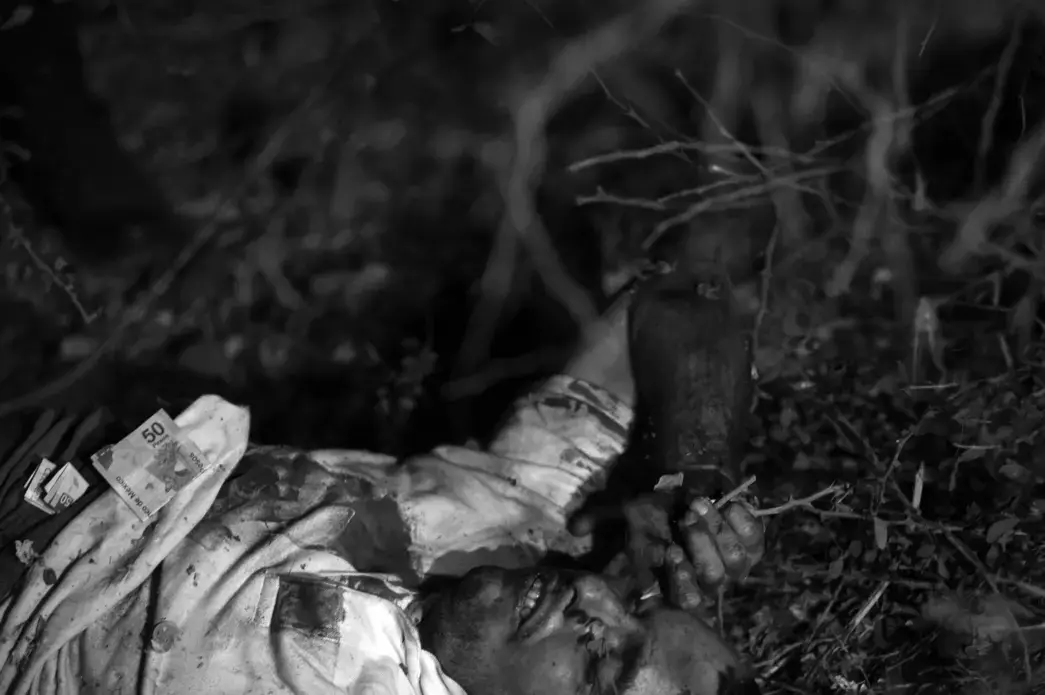In December 2011, when I was in Ciudad Juarez, Mexico, multiple murders occurred on an almost daily basis as sicarios—assassins—"heated up the plaza," the term used when one rival crime group enters another's turf, killing and causing havoc. But, as I drive through Juarez in July 2012 it's hard to imagine the past slaughter. There are signs that things are turning around with new businesses opening.
Although much has been reported on Juarez, the history of what happened there can't be fully understood without visiting the State of Sinaloa on Mexico's West Coast, which is the cradle of much of the narco-trafficking in Mexico. The cities and municipalities of Navolato, Culiacan and Badiraguato are the birthplaces of many key organized crime figures—some living, some dead, some in jail. Joaquin Archivaldo Guzman Loera aka "Chapo," Amado Carrillo Fuentes aka "Lord of the Skies," Miguel Angel Felix Gallardo aka "El Padrino," and Ismael Zambada Garcia aka "El Mayo" have been among some of the principal actors in the drug underworld. They all hail from Sinaloa and helped create the main cartels that have fought for or formed alliances with each other for control of Juarez.
When people speak of the city of Juarez, they don't always take into consideration the greater geographic region, which includes the Juarez Valley populated by small communities to the east of the city. What makes this a key smuggling area is that the I-10 highway runs parallel and very close to the border for many miles. No other section of the Mexican border has a major U.S. highway running so close and for that long of a distance adjacent to Mexico, making the greater Juarez region the most valuable smuggling section of the border and one that has always been so contested.
Click on the markers for more information.
I recently traveled into the valley for the day to the town of Guadalupe. The valley has been well known over the past several years for grotesque murders of both women and men, including beheadings and the killing of several mayors and police. Key to rural attempts at governance, Mexican mayors, especially in small communities, are the frontline representatives between the government and everyone else, including narco-traffickers. There are no local police in the valley: they have either been killed or have fled. Only some small Mexican Army units are based in the valley—the army checkpoints I saw last December are all gone.
The mayor of Guadalupe who is from the PRI (Institutional Revolutionary Party) says that he is happy with the army and that no police are needed in the valley because things are calm. One of the women in the mayor's office says in the past year she has not seen any violence, but then pauses and recalls one exception: One morning on her way to work she saw a human head from a decapitation.
I drive on to the next town of Praxedis and meet with some local officials. When I walk into the office of the mayor from PAN (National Action Party), the wall in front of me has small-framed portraits of almost every mayor in the community's history, including PRI party mayors from 80 years of one-party rule. For unknown reasons one photo is missing from the wall, an accidental but fitting symbol for all the mayors who have been killed by organized crime. As I plan to drive further east locals warn me not to go past the town of Porvenir due to danger—it sits across the border from Hudspeth County in Texas.
Hudspeth County is located east of El Paso, Texas, and is a collection of small communities outside the heavy zone of security created in and around the outskirts of the city of El Paso. As many populous American border cities started increasing security on the border within their city limits, criminals moved further down the border. Small communities, where local law enforcement does not have the budget or the resources to combat all the crime and smuggling, are now taking a hit for the security in the bigger cities.
I travel to the Hudspeth County Sheriff's Office in Sierra Blanca, Texas. I can smell marijuana coming from the building. I meet with Chief Deputy Mike Doyal who explains in detail that all the improved security in El Paso has funneled more smuggled drugs and crime from Mexico down his way. We go into the evidence room where bundles of seized marijuana are stacked along with numerous handguns and an assault rifle.
Driving west I arrive in Ascension, a Mexican town a couple of hours outside Juarez. A group of residents, mostly men, are gathered at a town hall, all angry at the local detachment of Federal Police, known in Mexico as the Federales. They claim the local Federal Police have been repeatedly extorting bribes from everyone in town. Frustrated that the Federal Police in question won't meet with them to resolve their grievances, the group of approximately 50 men block the highway with trucks, stopping all traffic on the highway.
The Federal Police have fled to another community hoping to wait out the roadblock. After several hours three officers from another Federal Police unit arrive to address the situation. The officers are quickly given story after story of cases of extortion and bribery against the town's population. Meanwhile a small army unit sitting in their base across the street from the roadblock watch the events unfold without getting involved. The well-liked municipal police never show up. The group at the roadblock demands that the Federal Police be removed from their town, as they are satisfied with their own municipal police. This sentiment is echoed in every border community in Mexico I visit.
Hours later at dusk the Federal Police are pulled out of Ascension.
Louie Palu is a Bernard L. Schwartz Fellow with the New America Foundation.







